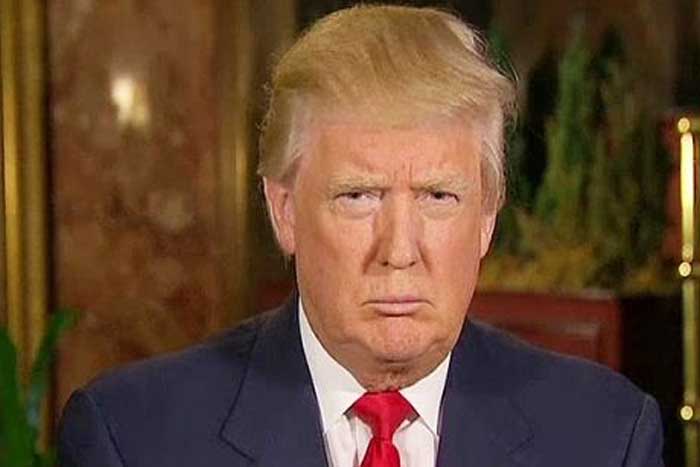President Moon Jae In of South Korea departed for Washington Wednesday to meet with U.S. President Donald Trump over the security alliance between the two countries amid increasing worries about North Korea’s nuclear programme.
It is Moon’s first foreign trip since taking office on May 10.
He will remain in Washington until Friday.
“At the upcoming summit, I will focus on building friendship and trust with President Donald Trump instead of only trying to draw outcomes on certain issues,” read a statement on Moon’s website as he departed.
Once that foundation is laid, said Moon, the goal will then be to find ways of dealing with the North Korean situation.
Moon took office promising renewed ties with North Korea, while noting that a solution to the decades-long conflict with Pyongyang will require U.S. participation.
The two countries have technically been at war for decades, since a peace agreement was never signed after the end of open hostilities in the Korean War in 1953.
Since then, South Korea has become a trading power embracing the West, while North Korea has become more closed off, worrying its neighbours as it pursues its nuclear weapons programme.
Trump has several times threatened to unilaterally take action against North Korea and has not ruled out military options.
However, he has also sought China’s assistance in trying to temper North Korea’s actions.
North Korea’s weapons programme also worries Washington, as Pyongyang has threatened to build weapons that could reach America.
NAN reports that Seoul and Washington agreed in July 2016 to install one Terminal High Altitude Area Defence (THAAD) in South Korea by the end of 2017 in spite of strong opposition from almost half of South Koreans and neighbouring countries, especially China and Russia.
The U.S. and South Korea say THAAD is for defence against North Korea, but China fears its powerful radar can probe deep into its territory and compromise its security.
The U.S. began to deploy the system on March 7, a day after North Korea test-fired four missiles.
Russia also worries the deployment could compromise its security, and said it would lead to a stalemate on the Korean peninsula.(dpa/NAN)
SH
======



Leave a Reply